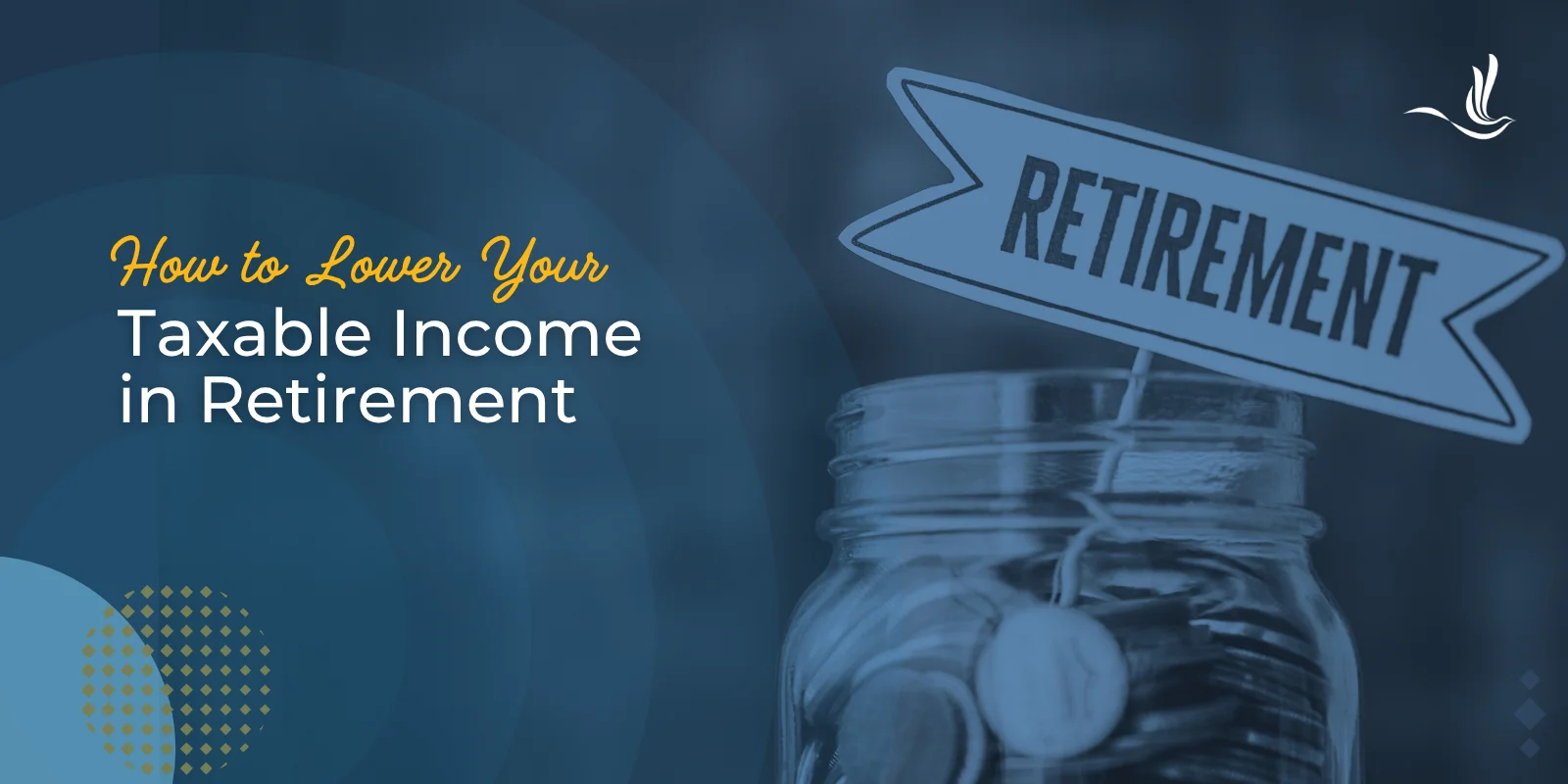When most people picture retirement, they think of freedom: travelling, spending time with family, buying a new car or simply having the peace of mind that comes from knowing the bills are paid.
But real freedom in retirement doesn’t just happen. It’s built slowly and steadily through pension and retirement planning. That’s where a PRSA (Personal Retirement Savings Account) comes in.
What Is a PRSA?
A PRSA is a private pension plan that anyone in Ireland can set up, whether you’re employed or self-employed.
Think of it as your personal savings pot for retirement. You contribute money into it, and that money is invested to help it grow over time. It’s your own way of making sure future you can live comfortably and independently.
And here’s one of the best parts: you get tax relief on your contributions.
That means some of the money that would have gone to the taxman instead goes into your pension, helping your savings grow faster.
The big advantage? You’re in control. You decide:
- How much to contribute
- How often to pay in
- Where your money is invested
And you can take your PRSA with you if you change jobs or become self-employed; it’s completely portable.
State Pension vs. Private Pension
This is where people often start comparing, and it’s an important distinction.
The Contributory State Pension pays €289.30 per week (as of 2025), enough to cover basic expenses, but not a full lifestyle. You can claim it from age 66 if you’ve enough PRSI contributions.
A Private Pension, like a PRSA, is your own retirement fund that grows based on what you put in and how it’s invested. You can potentially retire earlier, live more comfortably, and stay financially independent.
You can usually access your PRSA from age 60, giving you more control and flexibility over your future. In some situations, it may be possible to start receiving benefits from as early as age 50.
Read more about the key differences here: State Pension vs. Private Pension: What’s the Real Difference?
How Your Pension Grows Over Time
Your PRSA isn’t just a savings account. It’s an investment.
When you contribute money, it’s invested in funds, like shares, bonds, or property, with the goal of long-term growth. Over time, your money benefits from compound growth, meaning you earn returns on your contributions and on your previous gains.
Even small, regular amounts can grow into a solid retirement fund.
The earlier you start, the more time your money has to grow. But even starting in your 40s or 50s can make a big difference.
Publisher: Source link









